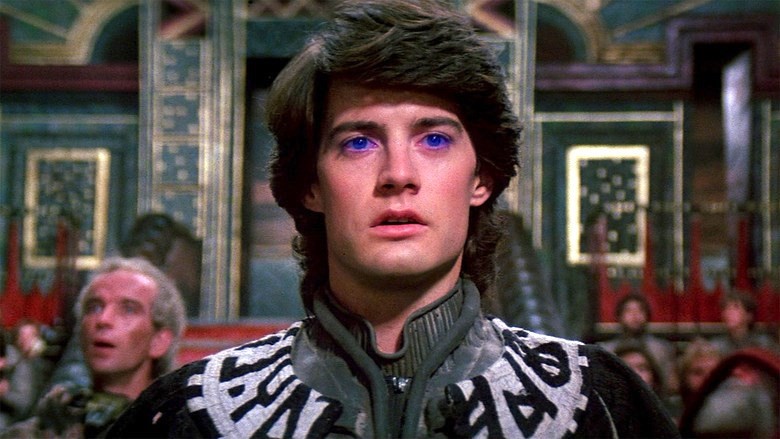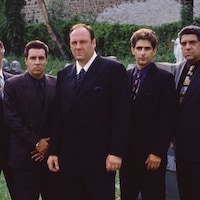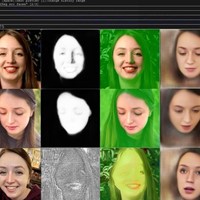Dark metal worlds? Shapeshifting face dancers? Have a peek behind-the-scenes of the director’s surreal sequel
With part two of Denis Villeneuve’s Dune due to hit screens in a few months, Frank Herbert’s 1965 space epic is back – there are even whispers of a part three in the works, as revealed in a recent interview. But let’s pause for a moment and cast our minds back four decades: it’s no secret that David Lynch’s 1984 Dune was a disaster, and yet the director had been planning a script for the sequel, which has been missing for years – until now.
The unearthed sequel has been discovered in the archives at California State University, as first reported by Wired’s Max Evry – the author of A Masterpiece in Disarray: David Lynch’s Dune – An Oral History. On first glance, Lynch’s sequel has everything we could expect from the director, with descriptions of surreal sequences that recall scenes from other Lynch productions – though debuted in 1990, Twin Peaks feels like an obvious parallel.
The script opens where the first film is left off when (spoiler alert) the Harkonnens attack Arrakeen, where Duncan Idaho (Richard Jordan) is shot in the head. A description of the Baron’s Doctor (Leonardo Cimino) emerges out of the shadows and shapeshifts into Scytale, a genetically enhanced “face dancer” crucial to the plot of the second novel. He steals Idaho’s body in what appears to be a psychedelic 10-minute sequence, where they travel to planet Tleilax – “a dark metal world with canals of steaming chemicals and acids” and populated with “dead pink small test tube animals”. As per Wired:
“Scytale’s friends are laughing and wildly rolling marbles under their hands as they watch Scytale sing through 18 mouths in 18 heads strung together with flesh that is like a flabby hose. The heads are singing all over the pink room. One man opens his mouth and a swarm of tiny people stream out singing accompaniment to Scytale. Another man releases a floating dog which explodes in mid-air causing everyone to get small and lost in the fibers of the beautiful carpet. Though small they all continue to laugh, a laughter which is now extremely high in pitch. Scytale (now with only one head) crawls up a wall laughing hysterically.”
There’s mention of “a beautiful hot pink room with violet light which is a blend of living room and rubbery surgical room” where Scytale brings Idaho back to life over the course of many years. If you think the Pink Room sounds wild, Lynch’s description of Arrakeen is equally as surreal. He writes of “gardens of strange, exotic plants from throughout the universe” and a throne room which is “the largest room in the universe, with an approach passageway in solid gold ten miles long, with 800-foot ceilings”.
Fans of Lynch’s original film will also be delighted to learn the return of the characters’ inner voice monologues, which is a recurring motif throughout the script. As for protagonist Paul Atreides’ blue-glowing eyes, they’ve been replaced by all-black to reflect the “metal eyes of the Bene Theilaxu”.
Before its commercial and critical flop, Lynch’s Dune was meant as a franchise, with the director and Kyle MacLachlan (playing Paul) set to film both Dune sequels back-to-back in 1986. The sequel’s script stops abruptly halfway through, but nevertheless gives us fascinating insight into exactly how Lynch would have expanded his filmic universe – even if it’s a subject he’s reluctant to discuss. Speaking to Wired, he called Dune “a failure in his eyes, and not a particular time that he likes to think of or talk about”.
In the meantime, Villeneuve’s Dune: Part Two is set to hit cinema screens on March 1. Watch the trailer below.




